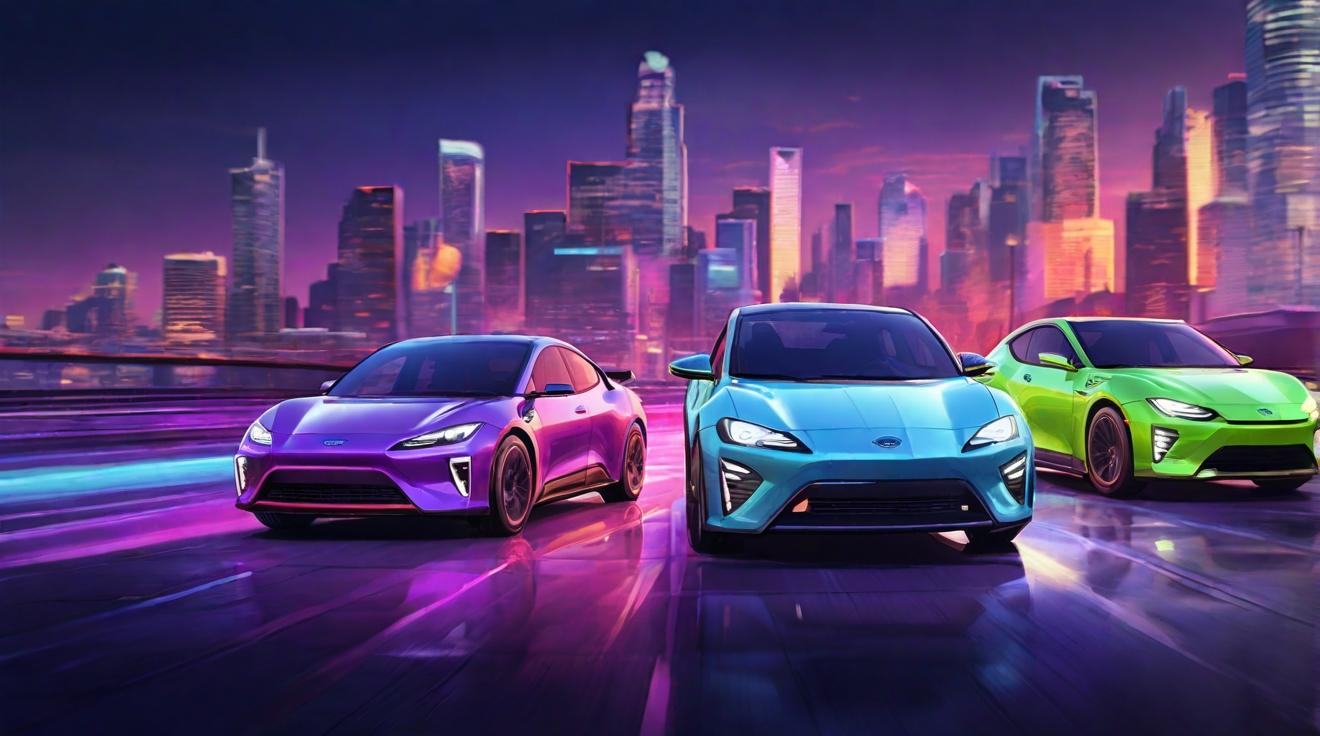Toyota’s Bet Against EVs Is Paying Off, for Now
Toyota North American CEO, Ted Ogawa, suggests EVs will only make up about 30% of U.S. car sales by the end of the decade, falling short of the government’s 60% goal.
Change is on the horizon for the automotive industry, driven by government regulations and the availability of more affordable electric vehicles (EVs). However, for now, Toyota Motor Corp. seems to be benefiting from its cautious approach to battery-electric vehicles (BEVs). With shares reaching record highs and profit margins surpassing Tesla’s, the automaker’s calculated strategy appears to be paying off.
Ogawa recently expressed his satisfaction with Toyota’s decision to prioritize emissions credits over EV production, stating that his company would prefer not to “waste money” on BEVs. He predicts that EVs will only account for approximately 30% of U.S. car sales by 2030, far below the government’s target of 60%.
It is important to note that the government’s goal of 60% includes both plug-in hybrids (PHEVs) and BEVs. In 2023, these two types of vehicles made up nearly 10% of new car sales, totaling about 1.5 million units. This still suggests an average annual growth rate of approximately 17% for BEVs between now and the end of the decade.
To comply with emissions-related requirements, companies worldwide must meet various regulations. One common approach, adopted by states following the California Air Resources Board, involves using credits to demonstrate compliance. These credits are tradable, allowing companies that produce fewer zero-emission vehicles than required to purchase credits from manufacturers like Tesla. Over the past three years, Tesla has generated around $5 billion in credit sales, equivalent to approximately 10% of its total gross profit during that period.
While Toyota has been less aggressive in building EVs compared to Ford Motor, which sold 61,575 battery electric vehicles in the U.S. in 2022, the Japanese automaker believes its strategy will ultimately prove successful. Ogawa highlights that each EV sold enables Toyota to sell multiple high-margin vehicles, positioning the company for long-term profitability.
Looking ahead, California will require approximately 22% of a manufacturer’s light-duty vehicle sales volume to be zero-emission by 2025, with 100% required by 2035. Similar regulations have been implemented in the U.K., Canada, and the European Union. Toyota aims to adapt to these changing regulations, while Ford believes initial losses will pave the way for improved and more affordable BEVs in the future.
Comparatively, China already leads the world in EV sales, with PHEVs and BEVs accounting for about 35% to 40% of all new car sales monthly. China’s success can be attributed to a combination of government incentives, charging infrastructure, and the availability of cheaper EV options. In 2023, the average price for a car was approximately $23,000, while the average price in the U.S. was nearly $55,000. Lowering the cost of BEVs and eliminating the need for gasoline could potentially make them more appealing to American consumers, even surpassing the popularity of traditional models like the Corolla.
Analyst comment
Positive news: Toyota’s cautious approach to battery-electric vehicles (BEVs) is paying off, with record-high shares and profit margins surpassing Tesla’s. The company prioritizes emissions credits over EV production, predicting that EVs will only make up about 30% of U.S. car sales by 2030, below the government’s goal of 60%. However, BEVs still have an average annual growth rate of approximately 17%, and Toyota aims to adapt to changing regulations while positioning itself for long-term profitability. The lower cost of BEVs and government incentives could increase their appeal to American consumers.













